The theme for the most recent gathering of the Pacific Point Wine Club (“PPWTC” was “Wines of Chile”. The PPWTC is entering its third year, and going strong. Initially we met every couple of months, but based on popular demand, we now meet every 6 weeks or so. It’s been so gratifying to see folks grow in their knowledge of wine while having fun, and making new friends. We’ve even had a few “field trips” , the most recent being a Bocce ball night.
So far this year we’ve focus on a geographic rather than varietal theme. We’ve also changed how the wines for our blind-tasting were acquired. Rather than folks bringing bottles, I’ve purchased all the bottles for the tasting. This advantage of doing it this way is that there is more consistent quality in the wines tasted, and there are no duplicates.
Chilean Wine Overview
Chile may seem like a relative newcomer to wine making, but they’ve been making wine for over 450 years! Spanish conquistadors and missionaries brought European Vitis vinifera vines to Chile in the mid-16th century. The vines were brought to Chile to produce wine for Catholic mass rituals. The Spaniards found Chile to be ideal for planting grapes. The climate allowed a perfect growing season and ripening of the fruit. And just as important, there was no phylloxera (n the late 19th century (click here for more detailed history) Here’s more 411 on Chilean wine.
- In 1830, Frenchman Claude Gay convinced the Chilean government to establish a state agricultural station to be called Quinta Normal Agriculture. Grape vines from Italy and France were imported to Chile. By 1850 there were 40,000 vines, and 70 varieties of grapes. And with the arrival of Bordeaux varieties, Chile enters the modern era of winemaking.
- Chile has been hugely influenced by French winemaking especially Bordeaux. Prior to the outbreak of phylloxera in France, wealthy Chileans imported winemakers and vines from Bordeaux.
- World War II marked the beginning of a decline in the Chilean wine industry which lasted until the 1980s.
- Chile has invested heavily said the 1980s and modernize its wine industry. Chile has attracted many foreign collaborators and investors including Robert Mondavi of California (Caliterra), The Rothschilds of Bordeaux’s Château Lafite (Los Vacos) and Miguel Torres of Spain (Torres). These estates have either set up operations in Chile, or have formed partnerships with the best Chilean houses.
- Chile has been the benchmark of South American quality wine although Argentina has been in the spotlight recently because of the popularity of Malbec
-
Chilean wines tend to be mostly focused on varietal wines rather than blends
- Cabernet Sauvignon is the flagship, plus Chile produces Chardonnay and Sauvignon Blanc that offer great value.
- Chile’s unique combination of geography and climate make it ideal for grape growing, including lots of organic and biodynamic vineyards.
- Chile is the only large-scale producer of wine that has never had an outbreak of phylloxera– the deadly root louse that wiped out vineyards in Europe (most notably France).
- In 1994 Carmenere, which was thought to be Merlot, was discovered in Chile. Carmenere, an ancient Bordeaux grape variety was thought to be extinct at the time.
-
In 2010 Chile was the first South American country to join the Organisation for Economic Cooperation and Development. This will undoubtedly have a positive influence on the wine industry in Chile.
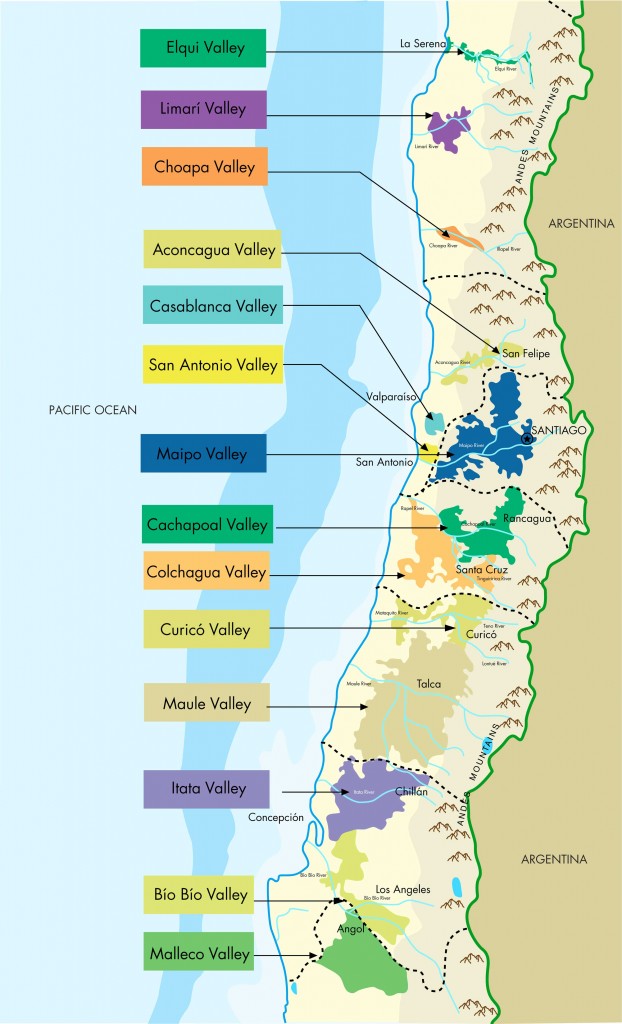
The five major controlled viticultural areas of Chile, know as Denomination of Origin (“D.O.”) are:
- Aconcagua Valley– Northerly region primarily suited to red wine production.
- Casablanca Valley- Casablanca is a relatively cool and largely coastal region producing classy Chardonnay and world-class Sauvignon Blanc. Pinot Noir is also being experimented with in this region.
- Maipó Valley– Part of the Central Valley, Maipó, just south of Santiago, is one of Chile’s best-known and longest established quality wine regions. Some of the biggest names of the Chilean industry such as the giant Concha y Toro and Santa Rita are here. Cabernet Sauvignon is the mainstay of the region and quality is high.
- Rapel Valley – Part of the Central Valley, Rapel is the largest of the five wine areas. It features a range of climatic conditions and soil types and grape varieties. You will see the name Colchagua valley on Rapel bottlings, a small high-quality sub-region towards the coast. Well known producers from this region include Carmen, Mont Gras and Cono Sur.
- Curicó and Maule Valleys – Part of the Central Valley, the Maule Valley is separated in the northern Curicó region, and the southerly Maule. Big names here include Miguel Torres (one of the first movers and investors to see the potential in Chilean wine), and San Pedro.
The Wine Tasting
Prior to the main tasting we always have a bite to eat, and catch up. Since it was a Wines of Chile theme I picked up some other wines to try including a Riesling, Sauvignon Blancs, and a Rosé, which I tasted prior to grabbing a bite to eat, joining the fun. My tasting notes from those wines follow:
- 2011 Meli Riesling – Chile, Maule Valley – Very pale straw yellow-green color with faint petrol, citrus, and stone fruit aromas. On the palate, it’s light-bodied and dry with crisp acidity. It shows lemon, lime, and stone fruit flavors. Medium finish. Nice value at $13 (86 pts.)
- 2011 Carmen Sauvignon Blanc Gran Reserva – Chile, San Antonio Valley, Leyda Valley – Light yellow color with citrus, gooseberry and a slight grassy aroma. On the palate, it’s light-bodied, and fresh with citrus and gooseberry flavors. Medium-long finish. (87 pts.) Sample provided for review
- 2011 Veramonte Sauvignon Blanc La Gloria – Chile, Casablanca Valley – Very pale straw yellow-green color with grapefruit,and hints herbs and spice aromas. On the palate, it’s light-bodied, between dry and off-dry and is fresh and lively. It shows grapefruit, green apple, and a kiss spice flavors. Medium finish. Nice value at $10. (87 pts.)
- 2011 Apaltagua Carménère – Chile, Central Valley – Pale pink color with aromatic red fruit, spice and orange blossom aromas. On the palate, it’s medium bodied, with crisp acidity and raspberry, red cherry, and spice flavors. Medium + finish. Nice value at $12 (87 pts.)
For the main event, we blind tasted eight red wines. Six of the wines were purchased from K&L Wine Merchants, which has a good selection of Chilean wines. The two other wines were samples provided by Wines of Chile. The wines ranges in price from $9.99 to $18.99. Wines from all five major controlled viticultural areas were tasted.
There were 16 tasters. Wines are scored on a scale of 1-5 for aroma, body, taste, and finish. Thus, the minimum score is 4 points and the maximum is 20 points.
The eight wines blind-tasted (listed in the order tasted) and my Cellar Tracker tasting notes follow:
- 2010 Calcu Cabernet Franc – Chile, Rapel Valley, Colchagua Valley
Garnet color with red fruit and green pepper aromas. On the palate, it’s between light and medium-bodied with medium-acidity with ripe cherry, red currant, plum and vanilla flavors. (87 pts.) Sample provided for review.
- 2009 Vina Falernia Fundacion Carménère Syrah Reserva – Chile, Elqui Valley
Violet color with dark fruit, spice and earthy aromas. On the palate, it’s medium-bodied with plum, cassis, vanilla flavors. Medium long finish. (88 pts.) Sample provided for review.
- 2010 Laura Hartwig Carménère Reserva – Chile, Rapel Valley, Colchagua Valley
Violet color with candied mixed black and red fruit, spice and green pepper aromas. On the palate, it’s medium-bodied with dusty tannins and medium+ acidity with blackberry, cassis, plum and vanilla flavors. Medium-long finish (89 pts.)
- 2009 Errazuriz Carménère Single Vineyard – Chile, Aconcagua Valley
Inky violet color with cherry, cassis, eucalyptus, and cedarwood aromas. On the palate, it’s medium-bodied, and smooth with medium acidity and sweet tannins. It shows concentrated cassis, cherry, bittersweet chocolate flavors . Medium-long finish. (90 pts.)
- 2011 Montes Cabernet Sauvignon Classic Series – Chile, Rapel Valley, Colchagua Valley
Dark garnet color with restrained cassis, green pepper, and a bit of earthy aromas. On the palate its’ medium-bodied with cassis, vanilla and a bit of mocha flavors Medium finish. A blend of 85% Cabernet Sauvignon with 15% Merlot (85 pts.)
- 2010 La Playa Claret Block Selection Reserve – Chile, Rapel Valley, Colchagua Valley
Violet color with brambly, mixed black and red fruit, and spice aromas. On the palate, its medium-bodied with medium-acid and slightly tannic. It shows black cherry, raspberry, and cassis flavors. Blend of 41% Petit Verdot, 37% Cabernet Sauvignon, 18% Cabernet Franc, and 4% Carmenere aged for 12 months in French and American oak. (86 pts.)
- 2010 Viña von Siebenthal Parcela #7 – Chile, Aconcagua Valley, Panquehue
Violet color with earthy, plum and black cherry aromas. On the palate, it’s medium-bodied and smooth with well-integrated tannins and medium+ acidity. It shows plum, cherry, cassis, and vanilla flavors. Medium long finish. The blend consists roughly of 40% Cabernet Sauvignon, 30% Merlot, 15% Petit Verdot and 15% Cabernet Franc. (89 pts.)
- 2009 Concha y Toro Cabernet Sauvignon Marqués de Casa Concha – Chile, Maipo Valley, Puente Alto
Violet color with eucalyptus, red berry, green pepper and cedarwood aromas. On the palate, it’s medium-bodied, balanced with medium acidity and dusty tannins. It shows cherry, raspberry, cassis, and vanilla flavors. Medium long finish. (90 pts.)
The envelope please…
The winner was the 2009 Concha y Toro Cabernet Sauvignon Marqués de Casa Concha!
The order of finish for the runners-up were as follows:
- 2009 Errazuriz Carménère Single Vineyard
- 2010 Viña von Siebenthal Parcela #7
- 2009 Vina Falernia Fundacion Carménère Syrah Reserva
- 2010 Laura Hartwig Carménère Reserva
- 2011 Montes Cabernet Sauvignon Classic Series
- 2010 La Playa Claret Block Selection Reserve
- 2010 Calcu Cabernet Franc
f there’s one thing I’ve learned about blind tastings is there is always a surprise or two. The surprise for me in this tasting was that the three most expensive wines finished in 1-2-3. That was a first for the PPWTC. I had two other take-aways. The first was no surprise, the Chilean wines, across the board offer very good value. The second was the distinct green pepper aromas of Chilean Cabernet Sauvignon, and Cabernet Franc.
Conclusion
Our Wines of Chile night was a great success with great food, fun, fellowship and of course wine!
I’ve not had much Chilean Wine, but based on this tasting, I’m going to look for it more often. The wines offer very good value. And there were at least three wines that would be repeat purchases for me. If you haven’t yet discovered the wines of Chile, I encourage you to give them a try! If you have discovered the wines of Chile…leave me a comment and let me know our favorite(s)!
Follow me on Twitter @martindredmond for all things wine, and since I’m a wino, with latent foodie tendencies, you’ll also find food and wine pairings, and food related stuff! Become a fan and join ENOFYLZ Wine Blog on Facebook. Cheers!
This article is original to ENOFYLZ Wine Blog.com. Copyright 2013 ENOFYLZ Wine Blog. All rights reserved.
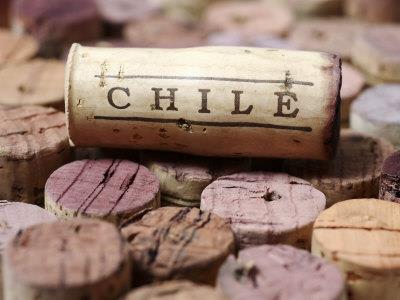
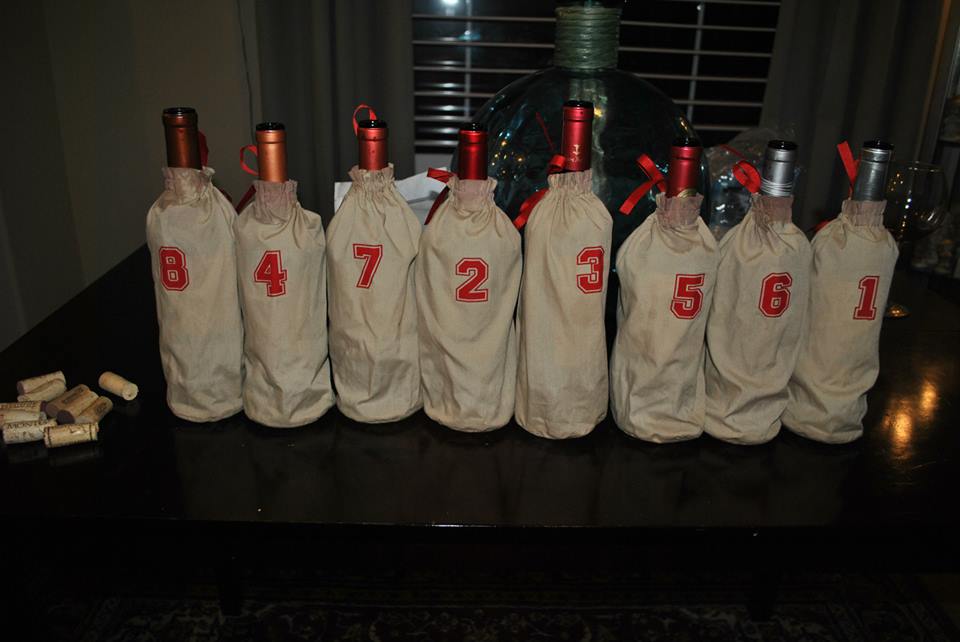
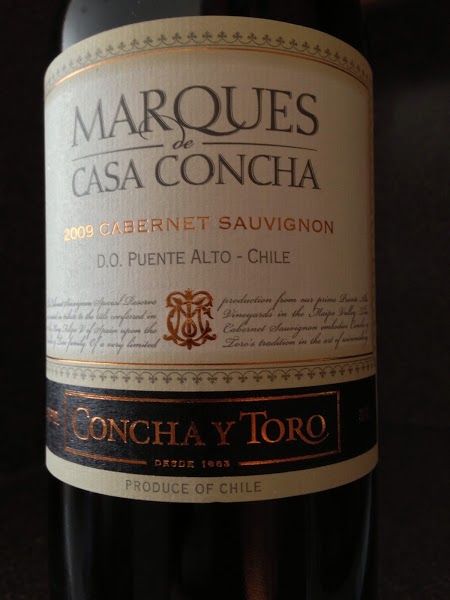
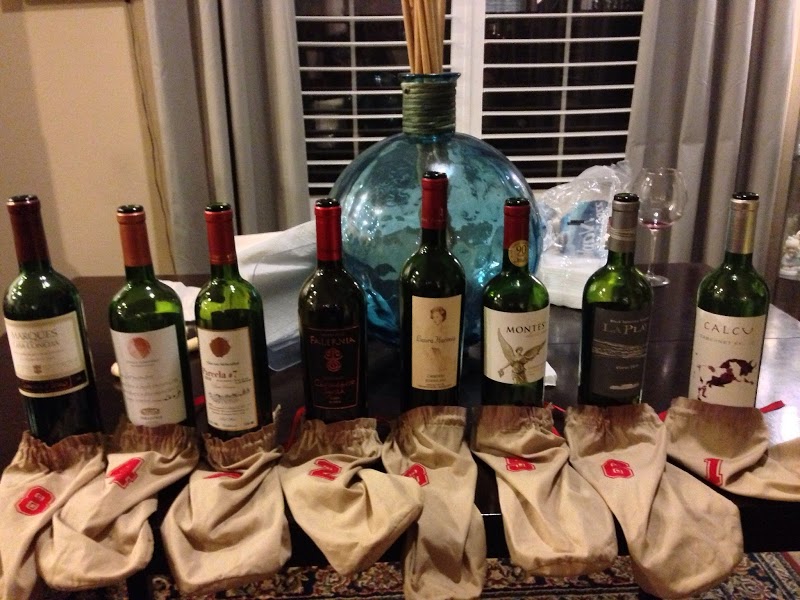
The Concha y Toro and the Errazuriz are both in my cellar just waiting. Can’t wait!
Thank you.
While sparkling wines have been made since 1879, they have not yet established a significant place in Chile’s wine portfolio.
New reviews of 10 wines from Chile priced at $20 or less, featuring Cabernet Sauvignon, Chardonnay and more. Get the scores and tasting notes.